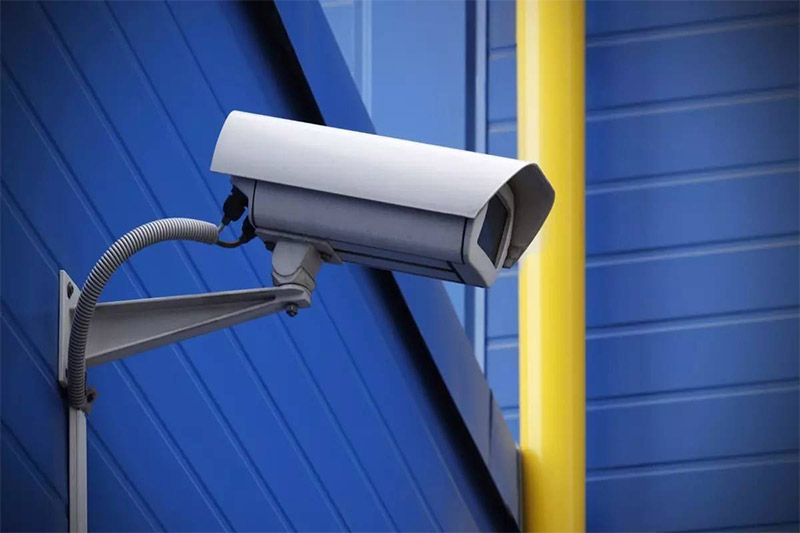Low illumination camera is a surveillance engineering camera that can still capture clear images under the condition of low illumination. Its performance is mainly affected by lens, image sensor, back-end image processing technology and other factors. At present, the security industry usually divides the front-end camera into four levels. When the minimum illumination value reaches or even lower than 0.0001lux, it reaches the ultra-low illumination camera of "star level".

In addition to cameras, black light technology is also the mainstream technology for many manufacturers in the industry to solve the problem of night imaging. Black light adopts two star level image sensors to ensure that the overall output picture is bright and color.
The landing of low illumination camera is mixed
In the field of security, low illumination cameras are not popular products, but actually solve many common problems. At present, low illumination cameras have been used in many scenes with dark or no light. Relevant policies have also brought many opportunities for low illumination cameras. For example, Shanghai has promoted the application of low illumination technology in the landing of smart cities. I believe other cities will follow up soon.
Specifically, the landing of low illumination cameras is mixed. On the one hand, it has been widely used in roads, factories, fish ponds and many other places with weak light and requiring high-definition pictures. For example, in the field of traffic management, low illumination cameras can solve the problems of "light pollution disturbing residents" and "flickering driver's eyes in the road environment", which has strong practicability.
On the other hand, there are still some practical problems in the face of complex application scenarios. For example, on the road, "vehicle headlamp" is a difficulty in the landing of low light camera. Too fast and too strong light will bring challenges to the camera to see the environment and license plate.
 97506075
97506075

Wechat QR code
